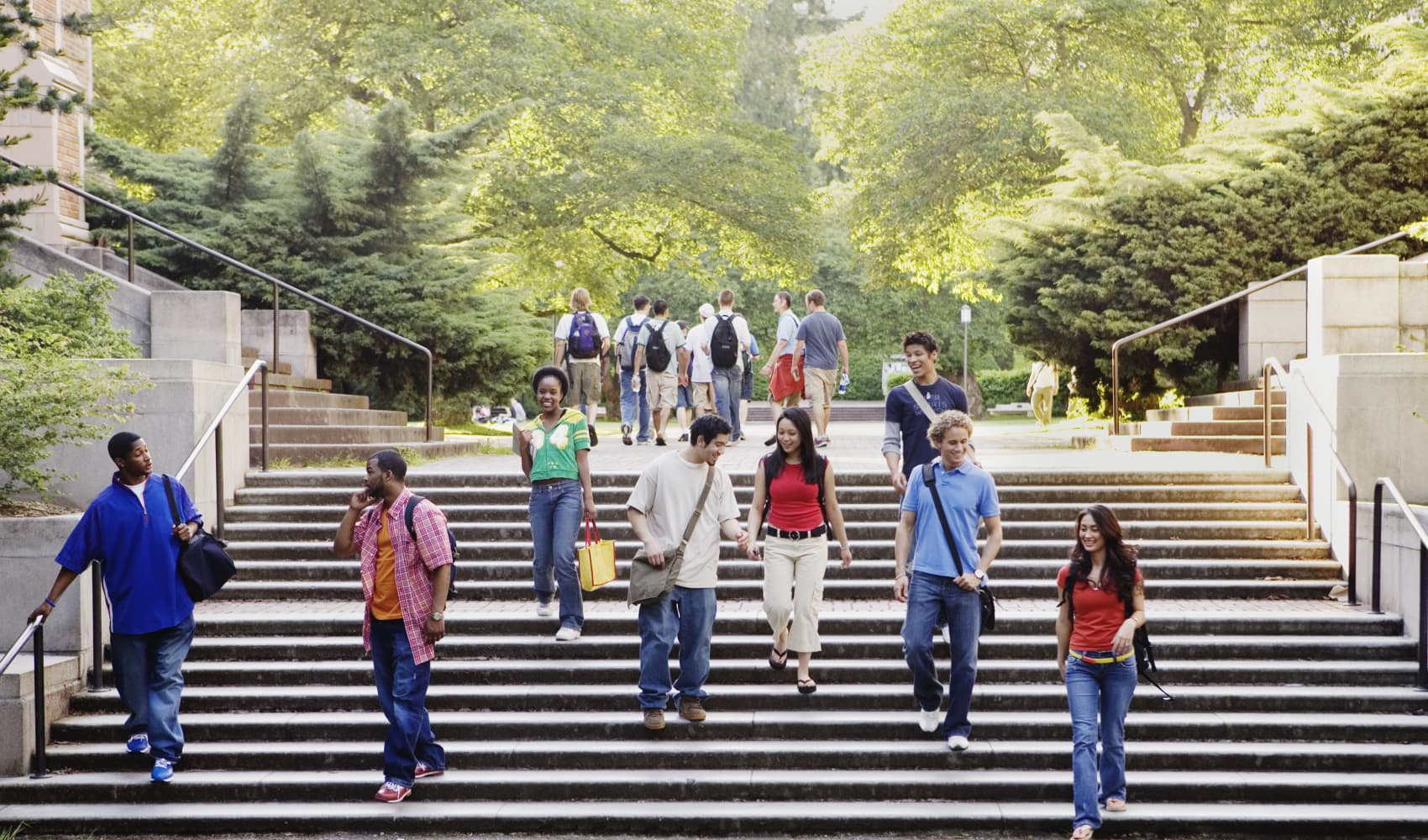Student Loan Default Crisis: Consequences & Solutions
Student Loan Crisis Deepens: Default Rates Spike, Borrowers Face Ruin
Introduction: The Looming Shadow of Student Loan Debt
Remember that sigh of relief when the student loan payment pause finally arrived? It felt like a much-needed breath of fresh air. But now, as the dust settles, a worrying trend is emerging. A new report from the Federal Reserve Bank of New York has raised a red flag: student loan delinquency rates are spiking, and millions of borrowers are staring down the barrel of serious financial consequences. How did we get here, and what can be done to avert disaster? Let’s dive in.
The Pandemic Pause: A Temporary Reprieve?
For nearly five years, the pandemic-induced student loan payment pause offered a lifeline to borrowers struggling to make ends meet. It was a period of stability, allowing people to catch up on other bills, save for emergencies, or even dare to dream of a future free from debt. But as the pause ended, reality hit hard. The transition back to repayment has been rocky, to say the least.
The Numbers Don't Lie
The New York Fed report paints a stark picture. Delinquency rates, which had been artificially suppressed during the pause, have surged dramatically. What does this mean in plain English? More and more borrowers are falling behind on their payments, edging closer to default.
The $18.2 Trillion Debt Mountain: A Nation Burdened
Student loan debt isn't an isolated issue; it's part of a much larger problem. Americans are currently shouldering a staggering $18.2 trillion in household debt, encompassing everything from credit card balances and mortgages to auto loans and home equity lines of credit. It's a record-breaking figure that underscores the financial pressures many families are facing.
Student Loans: The Weak Link in the Chain
While most sectors of the debt market appear relatively stable, student loans stand out as a major area of concern. The delinquency rates in this sector are significantly higher than those observed in other types of debt, indicating a systemic problem that demands attention.
The Credit Score Catastrophe: A Long-Term Impact
Falling behind on student loan payments can have devastating consequences for a borrower's credit score. A default can remain on your credit report for seven years, making it difficult to obtain loans, rent an apartment, or even secure a job. It's a financial scarlet letter that can haunt you for years to come.
The Ripple Effect
A damaged credit score doesn't just affect your ability to borrow money. It can also impact your insurance rates, utility deposits, and even your ability to get a cell phone plan. It's a vicious cycle that can trap borrowers in a state of financial instability.
Who is Most at Risk? The Demographics of Default
While student loan debt affects people from all walks of life, certain groups are disproportionately vulnerable to default. Let’s explore who these groups are.
Low-Income Borrowers: The Tightrope Walk
Borrowers with lower incomes are often the most susceptible to falling behind on their student loan payments. They may be working multiple jobs, struggling to afford basic necessities, and one unexpected expense can derail their entire financial plan. Are we doing enough to help those most in need?
First-Generation College Students: Navigating Uncharted Waters
First-generation college students, who may lack the financial literacy and support networks of their peers, also face a higher risk of default. They may be less aware of repayment options, unaware of income-driven repayment plans or the potential for loan forgiveness programs. It is so important to offer additional support to students who are the first in their families to navigate the complex world of higher education and associated financing.
Borrowers Who Attended For-Profit Colleges: The Education Gamble
Students who attended for-profit colleges, particularly those with questionable accreditation, are also at a higher risk of default. These institutions often charge exorbitant tuition fees, leaving students with massive debt and limited job prospects. Are we adequately regulating these institutions to protect vulnerable students?
The Income-Driven Repayment (IDR) Option: A Potential Solution?
Income-Driven Repayment (IDR) plans offer a glimmer of hope for struggling borrowers. These plans adjust your monthly payments based on your income and family size, making them more affordable for those who are struggling to make ends meet. It's a crucial tool for preventing defaults and helping borrowers stay on track.
Navigating the IDR Maze
However, navigating the IDR application process can be complex and time-consuming. Many borrowers are unaware of their options or struggle to complete the necessary paperwork. Simplifying the process and increasing outreach efforts could significantly improve participation rates.
Loan Forgiveness Programs: A Beacon of Hope?
Loan forgiveness programs, such as Public Service Loan Forgiveness (PSLF), offer another potential pathway to debt relief. These programs forgive the remaining balance on your student loans after you've made a certain number of qualifying payments while working in a public service job. It's a valuable incentive for attracting talented individuals to vital public sector roles.
PSLF: The Fine Print
However, PSLF has been plagued by bureaucratic hurdles and a high rate of application denials. Streamlining the program and providing clearer guidance to borrowers are essential for ensuring its effectiveness.
The Role of Financial Literacy: Empowering Borrowers
Improving financial literacy is crucial for preventing future student loan defaults. By educating students about the risks and responsibilities of borrowing, we can empower them to make informed decisions about their education and finances. It's an investment in their future and the future of our economy.
Starting Early
Financial literacy education should start early, ideally in high school, to give students a solid foundation before they embark on their college journey. Topics such as budgeting, saving, credit management, and responsible borrowing should be incorporated into the curriculum.
The Need for Systemic Reform: Addressing the Root Causes
While individual solutions like IDR and loan forgiveness are helpful, they are not enough to solve the underlying problem. We need systemic reforms to address the root causes of the student loan crisis, such as the rising cost of tuition and the lack of accountability for predatory lending practices. It's time for a fundamental shift in how we finance higher education.
Curbing Tuition Costs
One of the most pressing challenges is the escalating cost of tuition. Colleges and universities must be held accountable for their spending and encouraged to find ways to control costs without sacrificing quality. Exploring alternative funding models and promoting innovation in higher education can help make college more affordable for all.
The Ethical Considerations: A Moral Imperative
The student loan crisis is not just an economic issue; it's also a moral one. We have a responsibility to ensure that everyone has access to affordable higher education, regardless of their socioeconomic background. Education is a pathway to opportunity, and we should not allow debt to stand in the way.
Investing in Our Future
By investing in education, we are investing in our future. A well-educated workforce is essential for economic growth, innovation, and social progress. We must prioritize policies that support students and ensure that higher education remains accessible to all.
Conclusion: A Call to Action
The spike in student loan default rates is a wake-up call. It's a sign that our current system is failing borrowers and creating a financial burden that can last a lifetime. We need a comprehensive approach that includes individual solutions, systemic reforms, and a renewed commitment to financial literacy. The future financial well-being of millions depends on it. Let's work together to create a fairer and more sustainable system of financing higher education.
Frequently Asked Questions (FAQs)
Here are some common questions about student loan defaults and how to navigate them:
- What exactly happens when I default on my student loans? Defaulting on student loans can lead to serious consequences, including wage garnishment, tax refund offset, damage to your credit score, and ineligibility for future federal student aid. The loan holder can also take legal action to recover the debt.
- What are my options if I'm struggling to make my student loan payments? If you're having trouble affording your payments, explore Income-Driven Repayment (IDR) plans, which base your monthly payments on your income and family size. You can also contact your loan servicer to discuss options like deferment or forbearance, which can temporarily postpone your payments.
- How can I rehabilitate my defaulted student loans? Loan rehabilitation allows you to bring your defaulted loans back into good standing by making a series of consecutive, on-time payments. Once you've successfully rehabilitated your loans, the default will be removed from your credit report.
- Are there any loan forgiveness programs available? Yes, several loan forgiveness programs exist, including Public Service Loan Forgiveness (PSLF) for those working in qualifying public service jobs. Teachers, nurses, and other professionals may also be eligible for loan forgiveness programs. Research your options carefully to see if you qualify.
- Where can I find reliable information about student loan repayment and forgiveness? The U.S. Department of Education's website (studentaid.gov) is a great resource for information about student loan repayment, forgiveness, and other important topics. You can also contact your loan servicer directly for personalized guidance.

